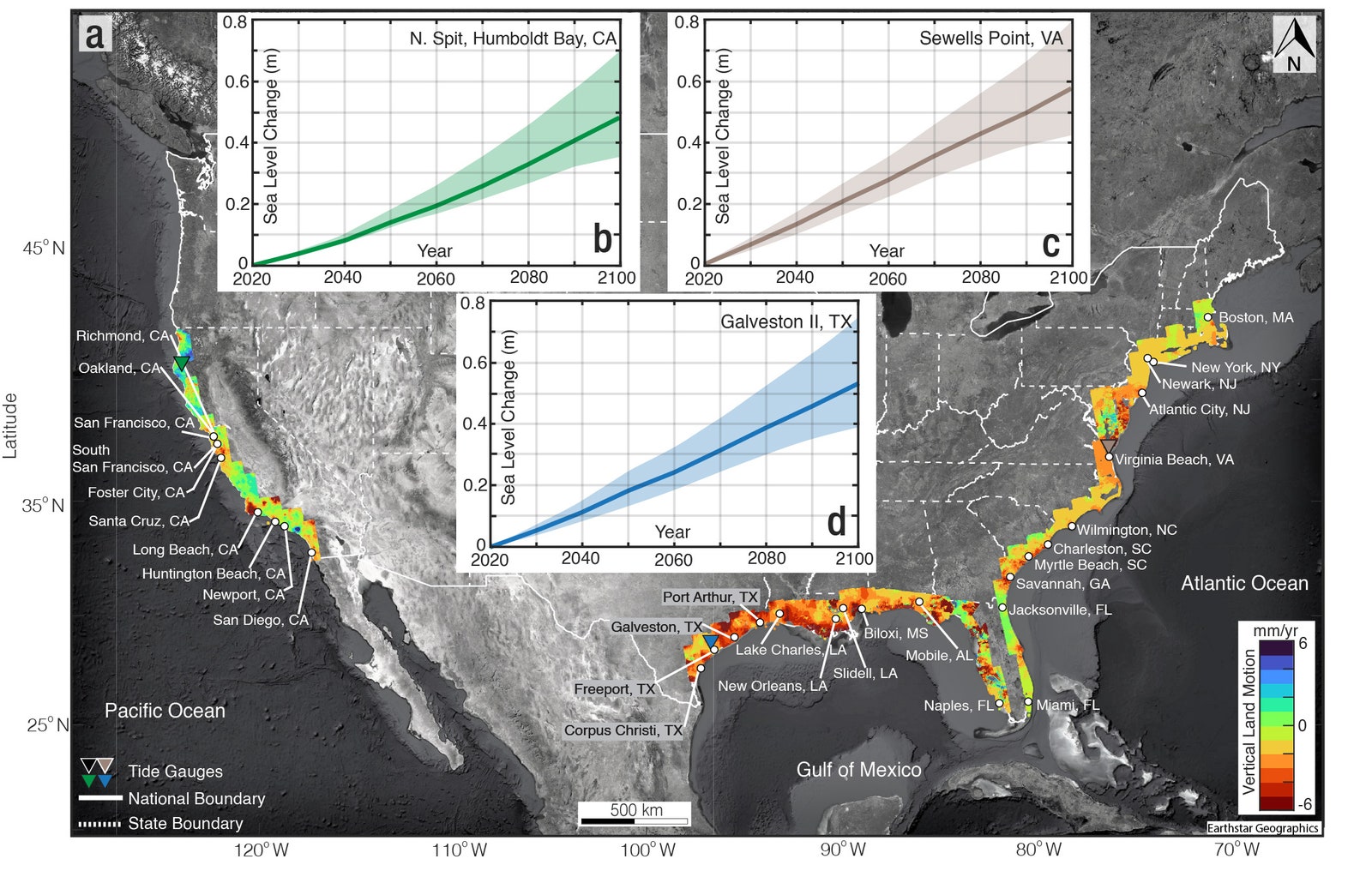[ad_1]
You may already be familiar with the brand Anker if you’ve purchased power banks or other battery-charging devices for your favorite electronics in recent years. Did you know that this popular brand for charging smart devices can also power your entire home? Anker’s SOLIX line of portable power stations and accessories are versatile and affordable while providing a higher cost-performance ratio than similar power stations from the competition.
Portable power stations can be useful for providing access to electrical connectivity during camping trips, help you reduce the cost of your utility bills by embracing solar power, or providing potentially life-saving battery backup in emergencies. Anker has a solution to fit your power output needs.
Going off-grid with Anker SOLIX
When we think of going off-grid, most of us think of rugged living in the woods, surviving off the land without modern utilities and amenities. While some of that is true for some off-grid folks, others prefer to keep amenities like hot showers and internet connectivity. Those things require an electrical current, though. The most common way to overcome the need for electricity without shelling out big bucks to join your neighborhood power grid is to utilize solar power.

With the Anker SOLIX F3800 portable power station, tapping into the natural resource of sunlight to power your home has never been easier or more affordable. Anker SOLIX portable power stations are designed to be a plug-and-play power solution for your home. When combined with Anker SOLIX portable solar panels, the portable power station is capable of 2400W of solar input, charging from 0 to 80% with as little as 1.5 hours of sunlight. Anker even offers an additional expansion battery, capable of pushing the SOLIX F3800 unit from its standard 3,840Wh up to an impressive 7,680Wh of power for your off-grid home.
Because the Anker SOLIX is portable, it’s also an excellent generation solution for camping trips and RVs. Traditional gas-powered generators are loud and unsafe to use near your campsite. They exhaust smoke and fumes and overall can lessen the enjoyment of a quiet retreat to nature. The SOLIX power station, on the other hand, is significantly quieter when in use, and provides clean, sustainable energy without fumes or reliance on fossil fuels.
Disaster preparedness with Anker SOLIX
Sometimes nature is a wonderful and relaxing escape from the daily grind, but some days nature has an ax to grind. When nature flares up, dangerous storms can cause troublesome power outages that can vary from inconvenient to life-threatening. You’ll want a powerful generator that can take over from the grid and continue to supply your home with the electricity you need to get through the storm. The SOLIX F3800 power station is strong enough to provide all the electricity you need for your entire home. Yes, that even includes your 240v electronics like stoves and dryers.

Anker utilizes advanced GaNPrime technology and pairs it with LiFePO4 batteries so that SOLIX F3800 power station is a reliable, long-lasting, and easy-to-use power supply solution when you find yourself in an emergency. With the SOLIX, you are in control and can choose to manually convert to your stored energy when the lights go out. Or, set it and forget it with the powerful and customizable app. The SOLIX F3800 can seamlessly transition between the power grid and backup power solutions during outages.
Buy now and save even more

Paired with expandable battery banks and solar power panels, the Anker SOLIX F3800 power station can save you money on your utility bills in the long term. You don’t have to wait to start saving with the SOLIX F3800, however. You can save an additional $100 on your new power backup system by using the code ASSF3800 when you purchase a SOLIX F3800 Portable Power Station from Anker. That makes the price for peace of mind and disaster preparedness security just $2999 with free shipping.
[ad_2]
Source Article Link


